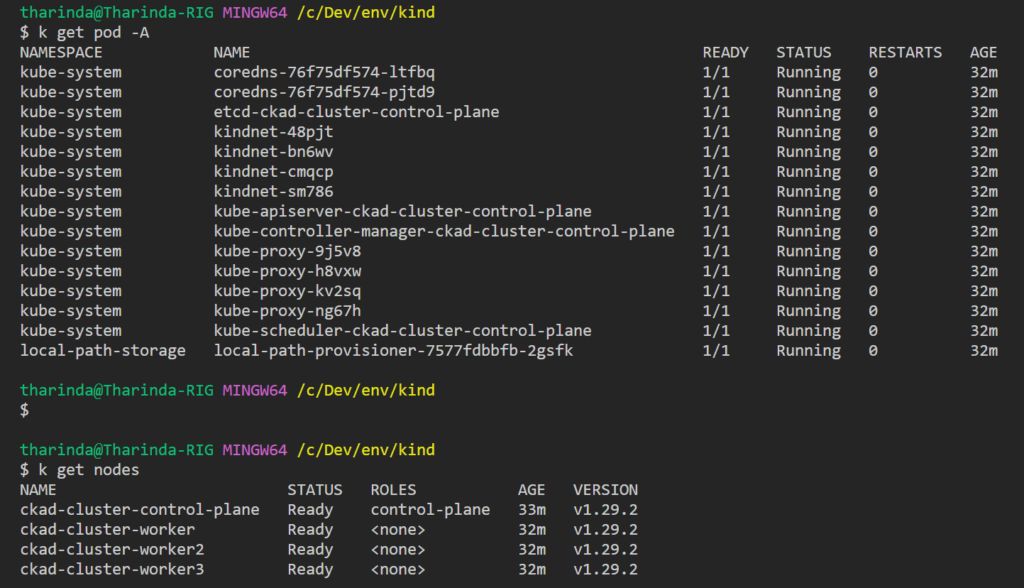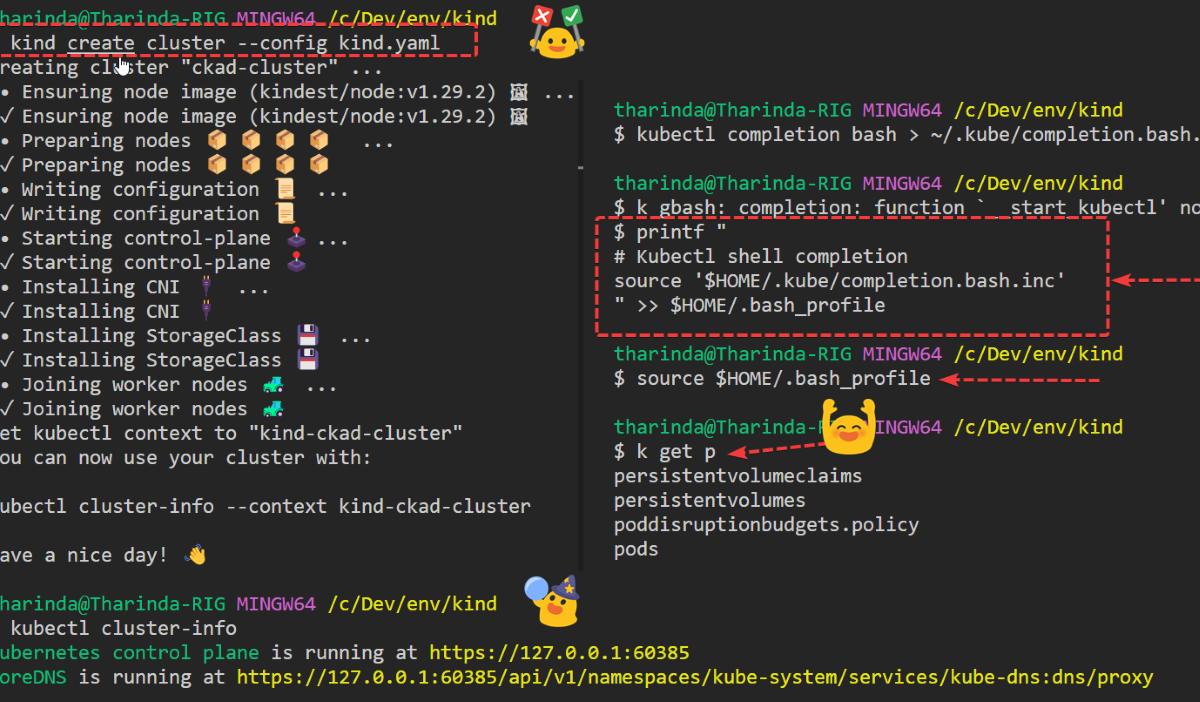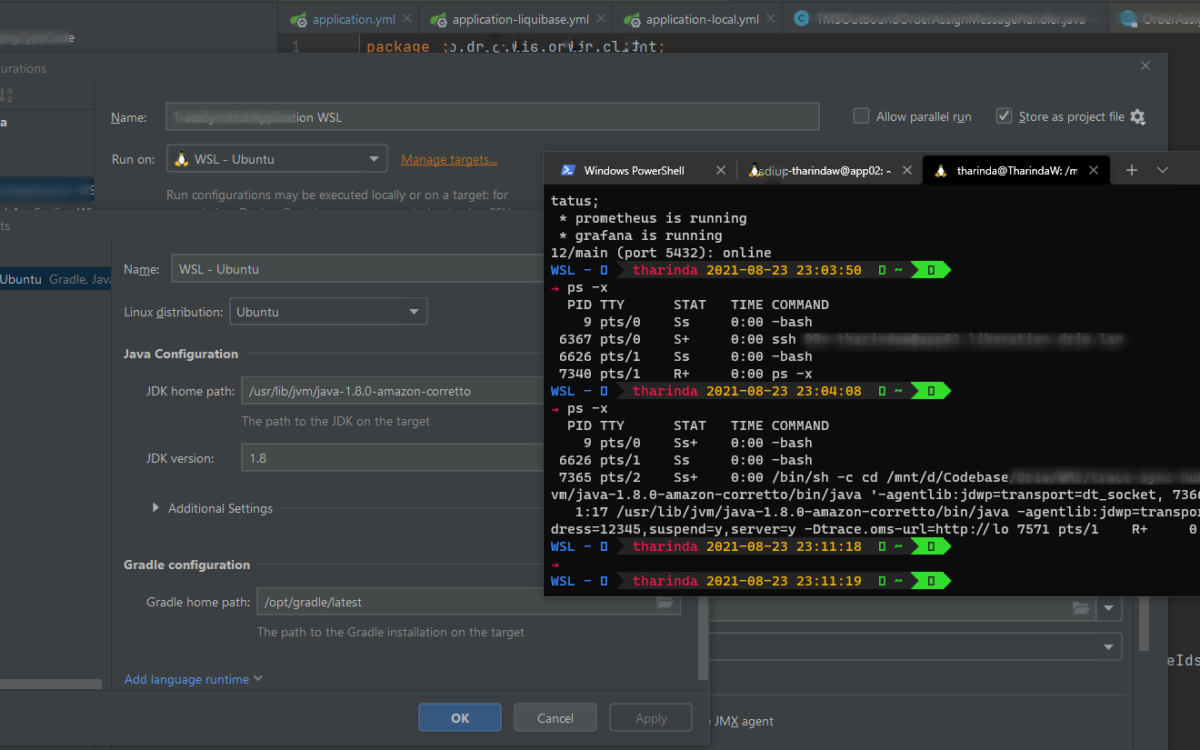By following this guide, you’ll be able to quickly and easily set up a Kubernetes cluster on your Windows PC with the following tech stack
- WSL2 backend with Ubuntu
- Docker Desktop
- Kubectl – Windows
K8s Kind Installer
Kind is a simple, lightweight CNCF-certified Kubernetes installer CNCF K8s Installer
Compared to Minikube, Kind provides support for Hyperkit on Mac and Hyper-V on Windows hypervisors, including features such as Load balancer and Ingress support. Additionally, Kind supports multi-node clusters, including those with high availability (HA).
Quick prerequisites installation
#Kubectl Kind using powershell
curl.exe -Lo kind-windows-amd64.exe https://kind.sigs.k8s.io/dl/v0.22.0/kind-windows-amd64
Move-Item .\kind-windows-amd64.exe C:\Dev\env\kind\kind.exe
#Kubectl Install
curl.exe -LO "https://dl.k8s.io/release/v1.30.0/bin/windows/amd64/kubectl.exeCreate cluster
Creating a cluster with 1 control plane node and 3 workers
apiVersion: kind.x-k8s.io/v1alpha4
kind: Cluster
name: ckad-cluster
nodes:
- role: control-plane
- role: worker
- role: worker
- role: workerThis will create all the necessary k8s control plane objects and worker nodes

![tharinda.[wiki]](https://tharinda.wiki/wp-content/uploads/2023/05/cropped-lg-1.jpg)





